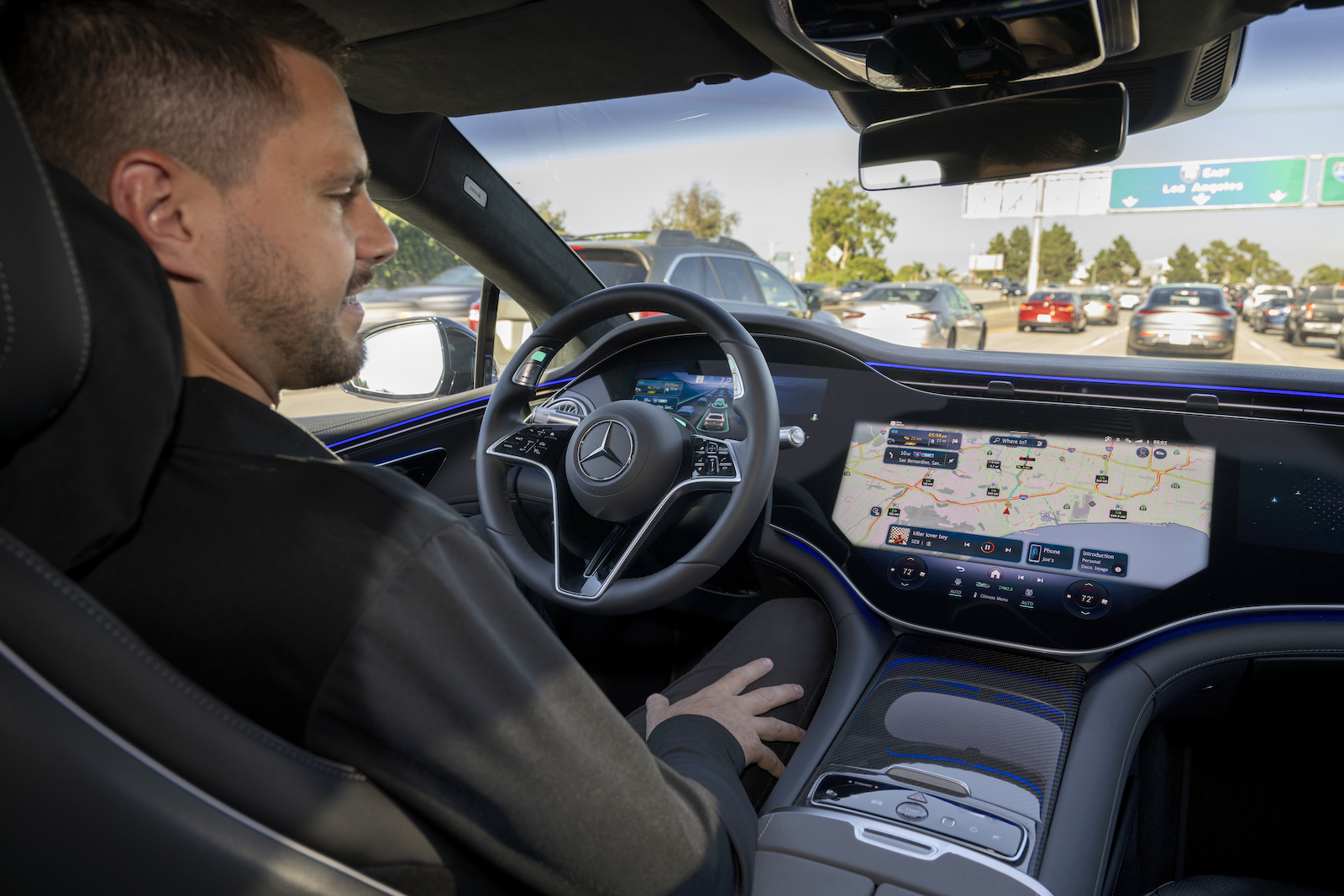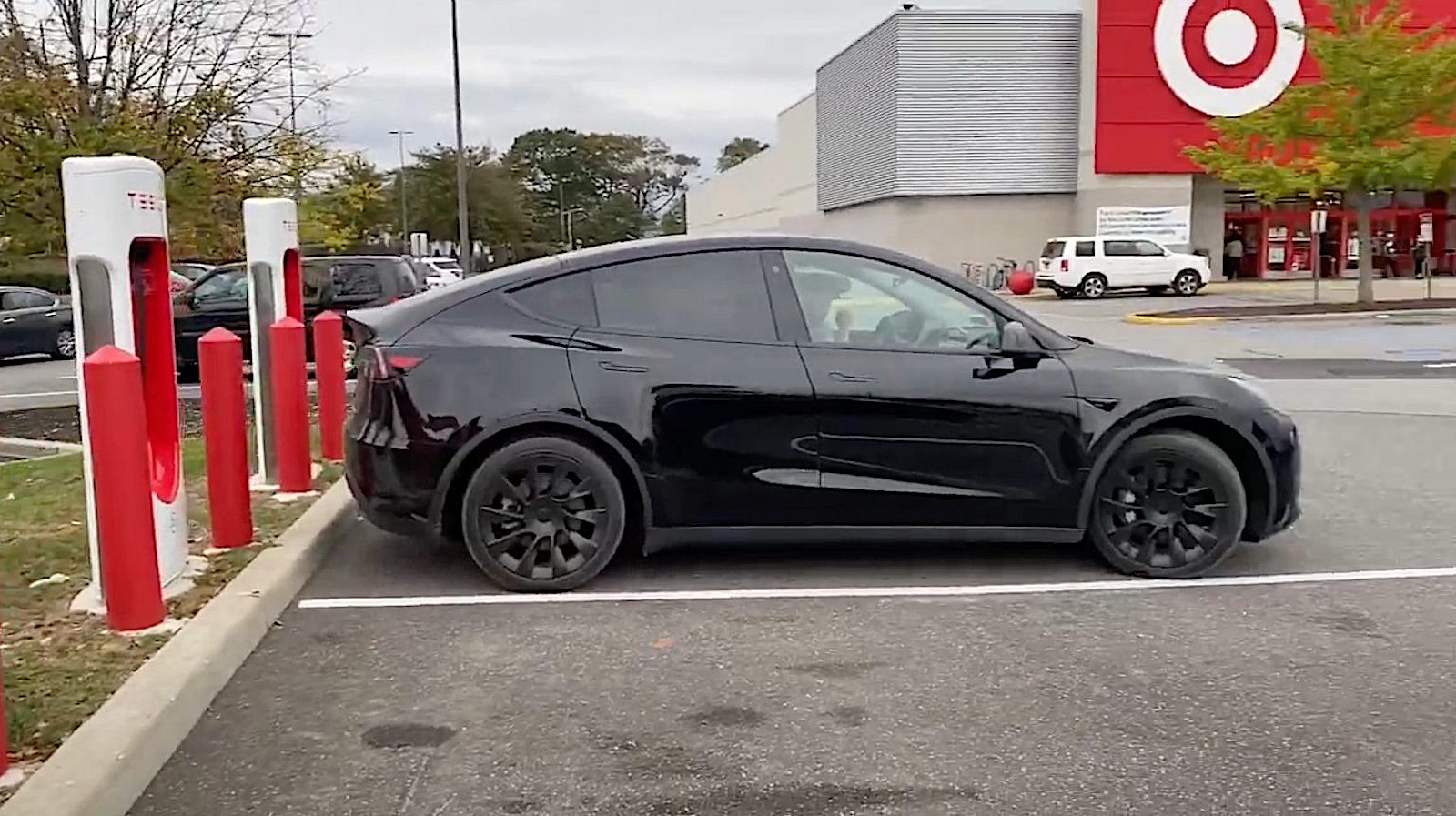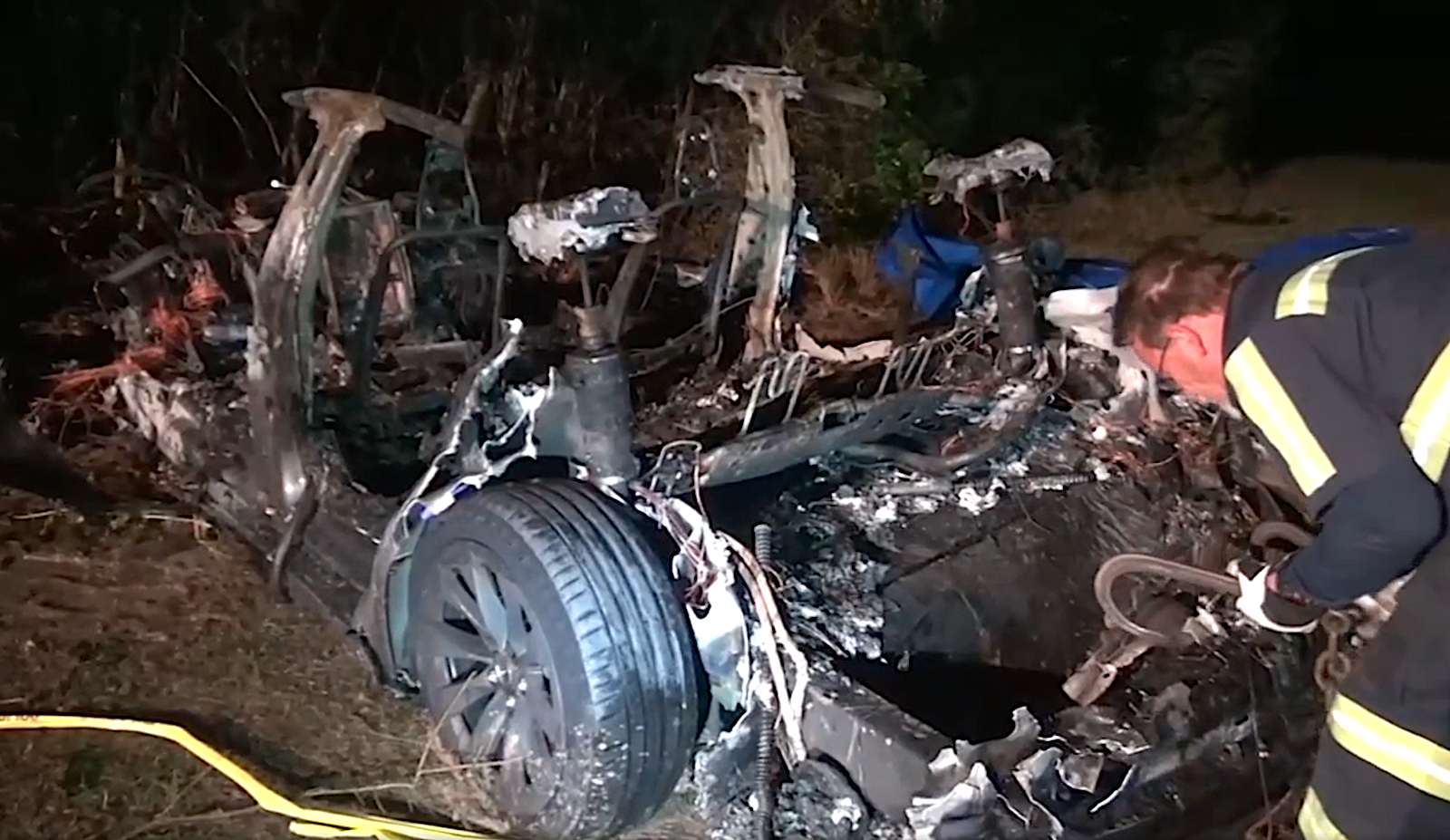Today’s cars already function as computers on wheels, some equipped with over 100 onboard microprocessors. But tomorrow’s vehicles will go significantly further, offering the sort of software-based features and functions found on Apple and Android smartphones and making use of the latest AI technology. Tomorrow’s “software-defined vehicles” will transform what motorists can do while driving – while generating hundreds of billions of dollars in new revenue streams for automakers. We’ll get a look at what this means at the upcoming Consumer Electronics Show in Las Vegas.
Want to change the radio station you’re listening to or set a new destination into the navigation system? Most modern automobiles let you do that simply by using your voice. The MBUX voice assistant system introduced by Mercedes-Benz three years ago goes a step further. As with Amazon’s Alexa, you simply say, “Hey, Mercedes,” and give it a command and even ask questions, such as what the weather will be like. At CES 2024, however, the German automaker will debut an AI-powered, “hyper-personalized” update.
“Soon, participants who ask the Voice Assistant for details about their destination, to suggest a new dinner recipe, or to answer a complex question, will receive a more comprehensive answer — while keeping their hands on the wheel and eyes on the road,” the automaker said in a preview of the technology it will reveal at the Consumer Electronics Show in Las Vegas next week.
Smartphones on wheels

Systems like the Mercedes-Benz Drive Pilot will create opportunities for motorists to watch videos, play games or text – for a fee.
Mercedes is by no means the only automaker looking to take today’s onboard technology to new levels. Tesla, for one, has already integrated a number of features into products like the Models 3 and Y that let passengers play games, watch videos — and, much like a smartphone, download new features and functions using over-the-air updates. Rather than requiring owners to go in for service, this will allow Tesla to remotely make the required repairs to its Autopilot system as part of a recall of 2 million vehicles announced last month.
Autopilot and the more advanced Full-Self Driving systems eventually will allow motorists to drive completely hands-free. As will similar technologies such as General Motors’ Super Cruise, Ford’s BlueCruise and the Mercedes Drive Pilot which is just going on sale in California.
The latter system is the first Level 3 technology approved for use in the U.S. At speeds up to 40 mph, drivers can not only take hands off the wheel but turn their attention away from the road. That will permit them to make calls, text, even watch streaming videos.
Big business
When Dodge launches its first all-electric muscle car, the Charger SRT Daytona, in 2025, it will offer buyers the opportunity to upgrade performance simply by ordering new software that can be installed remotely.
BMW, meanwhile, has explored the possibility of letting owners choose whether to activate features they might not have wanted when they originally purchased their vehicle, such as seat-heaters. And most automakers now offer services like GM’s OnStar, which can provide extensive suites of comfort and safety features. At a price, that is.
That’s why manufacturers see gold whenever the subject of software-defined vehicles comes up. Such software-based services — and the hardware needed to use them — will generate an estimated $190 billion in revenues annually, forecast Mark Wakefield, head of the automotive practice for AlixPartners, during a presentation to the Automotive Press Association this week.
More auto tech news
- Tesla recalls 2 mil vehicles over Autopilot concerns
- Chevrolet orders stop-sale of new Blazer EV for software problems
- Battery power dominates as the North American Car, Truck and Utility Vehicle of the Year winners are announced
Buyer pushback

BMW backed down in the face of pushback after raising the idea of charging a subscription fee to use seat heaters.
“There’s a preference by some buyers not to pay (for features) or services up front,” said Wakefield.
Matt Twork is a good example. When he bought a Tesla Model 3 in June 2021 he was drawn to the sedan’s range and low energy costs, but he subsequently realized “I would like some additional performance.” The suburban Detroit biomedical worker solved that problem by simply ordering Tesla’s “Acceleration Boost” feature online.
Not everyone likes the idea of having to pay for upgrades, or to activate features already built into their vehicles. BMW floated the idea of installing seat heaters but, in some models, requiring owners to then pay a subscription fee to keep them working. That generated a fierce backlash from motorists in the U.S., where the idea was dropped. But BMW went ahead with that approach in some overseas markets.
Despite such pushback, Wakefield sees a bright future, as “younger buyers are (more willing to buy on a one-time or on a subscription (basis) or in various other post-sale ways.”
Safety and security
There are plenty of challenges the industry will have to deal with, starting with safety and security. Keeping hackers locked out will be critical. There have already been several lab-level demonstrations showing that smart vehicles could be remotely taken over — though there’ve been no known cases of that actually occurring in the real world.
And ensuring that onboard software works as expected is another big issue. The Tesla Autopilot recall — which was triggered by reports of a number of crashes and fatalities — is seen by many as a warning. So is the stop-sale ordered by Chevrolet as reports came in on widespread software glitches involving its new Blazer EV.
“What happens if a smartphone doesn’t work right? Not much,” said Wakefield. “If a car doesn’t work, people can die.”
Looking ahead
At the moment, Wakefield sees Tesla products like the Models 3 and Y as the only true software-defined vehicles on the road. A key reason is its unique electrical architecture. Instead of networking dozens, even hundreds of individual “distributed” microprocessors — as almost all competitors do — the EV upstart controls sensors and other digital systems through a central processing system. It makes things much easier, effective — and affordable.
Other manufacturers claim to be moving in that direction — GM with its new Ultium electrical architecture, for example. But experts believe it will take a few years before the competition fully catches up.
They have big motivation to do so, considering the huge revenue stream that software-defined vehicles could unleash.







0 Comments